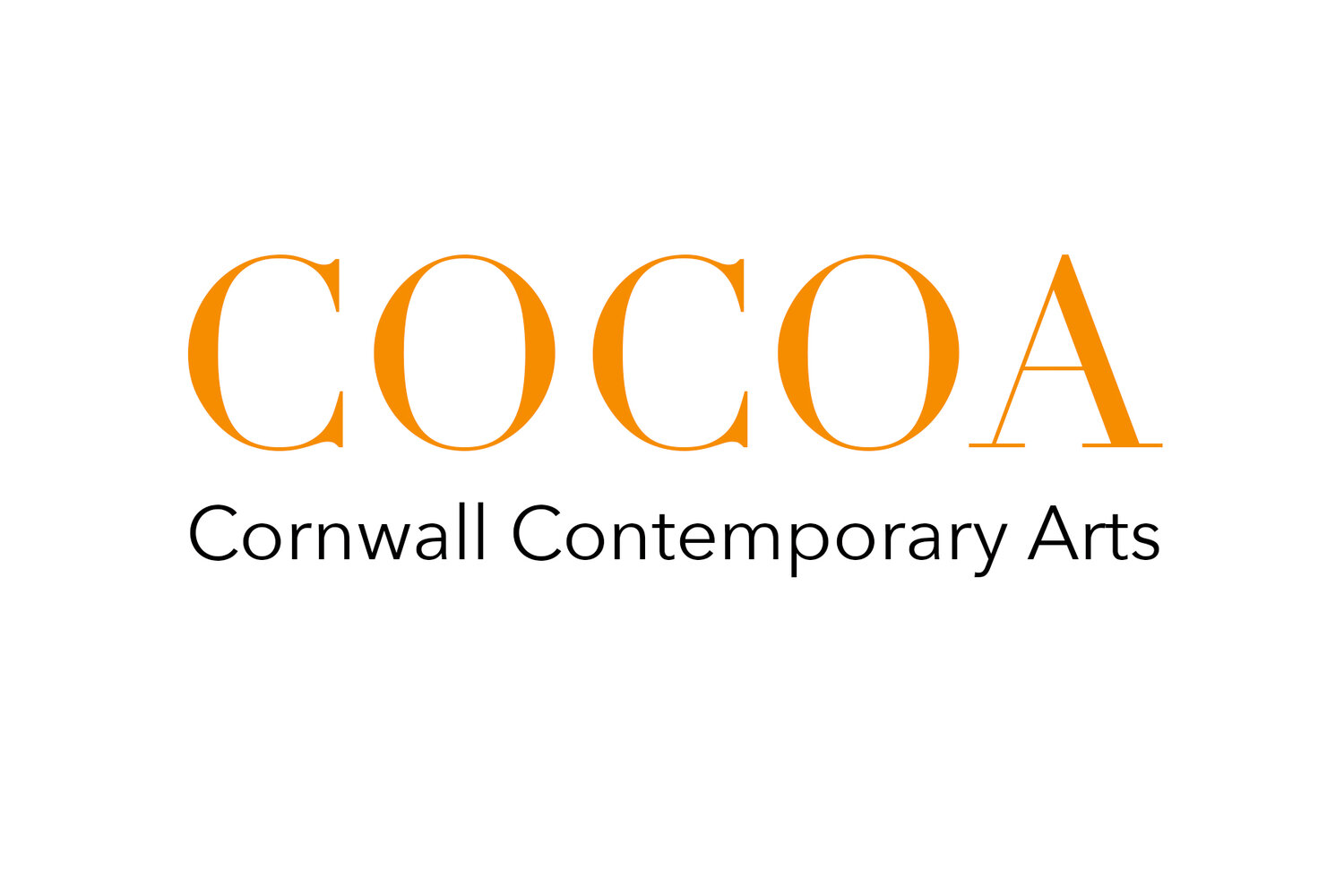Professing Rhetoric with Diego Velazquez by Stephen M. Llano
Diego Velázquez, Las Meninas, 1656, Oil on Canvas, 10’ 5” x 9’ 1”
Diego Velazquez knows what he sees. He stares out at us via his representation in Las Meninas. This painting has more interpretation on it now than pigment, and there is no sign of it slowing down. As Michel Foucault wrote about the piece, “The relation of language to painting is an infinite relation . . . neither can be reduced to the other’s terms; it is vain that we say what we see; what we see never resides in what we say.” Words are inadequate to answer the challenge but we are still compelled to produce them. We want to be worth that gaze.
A recent essay by Kelly Grovier argued that Las Meninas can be understood via the small red jar that is offered to the princess by her attendant. Grovier writes that this jug “would have been recognized by contemporaries as embodying both mind-and-body-altering properties.” The jug, which contained a substance from the New World that has hallucinogenic effects, is, for Grovier, the subject of this painting. We take the perspective of the Infanta seeing a hallucination of herself after imbibing a magic potion. Grovier asserts that in the end Las Meninas represents a drugged perception.
In 4th century Athens, the Sophist Gorgias told his audiences that rhetoric is a pharmakon – a drug that can heal, kill, or cause dependency. Most importantly, it creates visions of relationships and worlds that do not exist, yet we can see them. Velazquez’s offering of the distinct red jar raises the question: Is Velazquez, like Gorgias, offering painting as a hallucinogenic experience? Is Las Meninas itself this jar? Perhaps this is the classical rhetorical figure of metonymy, defined by Kenneth Burke as “container and thing contained.” If Las Meninas is the container for this red container, what’s inside?
Diego Velazquez might be a master rhetorician, offering us Gorgias’s drug. Kenneth Burke, long after Gorgias but working in the same art calls rhetoric “the scramble,” “the Human Barnyard,” and claims it is “forever proving opposites.” From the hot-seat of the viewer of Las Meninas, rhetoric abounds: with so many attendants engaged in so many things, a “barnyard” of the court is presented. The scramble will soon be on once the dog is rudely awakened by the child’s foot, such frivolity and fun contrasted sharply with Diego’s professional gaze.
This is not the rhetoric we encounter daily. Most often, cable news plies us with the bloviation of politicians claiming their opponents offer “mere rhetoric” while they offer answers. Although the persuasive value of discounting the speech of one’s political enemies is obvious, we immolate the productive possibilities of rhetoric within this sick burn. Rhetoric is the invitation to see the world differently – askew or askance – and ask ourselves, are we happy with how we are representing and being represented? It’s on Diego’s mind. But he’s elsewhere, painting himself painting, looking out of the canvas at whoever happens to be looking back.
Diego’s knowing look at us pierces through the centuries, but asks nothing of us. He gets what he sees. The question is how to communicate it, and what strokes to use. He’s trying to guess our reaction. How we know who we are has everything to do with perspective, where we stand, and what we think we see in Diego’s seeing. Burke again: “Put identification and division ambiguously together so that you cannot know for certain just where one ends and the other begins, and you have the characteristic invitation to rhetoric.” We are in the place of royalty, we are not royalty. What does it mean? Foucault instructs us that to view the painting we need to “erase those proper names and preserve the infinity of the task.” The painting begs for reinterpretation at each viewing. It urges us to explain, to account, to say something about a painting while standing in the position reserved for the subject of the painting. In short, we are asked to “prove opposites.”
The articulation of meaning is the subject of Las Meninas, and we are called upon to provide that articulation whenever we see it. The viewer is asked to “prove opposites” – they are in the position of painter and subject, simultaneously. They are being identified with the artist, but are clearly not the artist. Our perception is altered – and crafted – by the drug of rhetoric. The princess is being offered the clay jar; we are offered the canvas.


